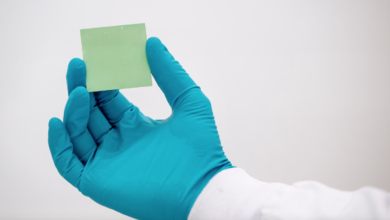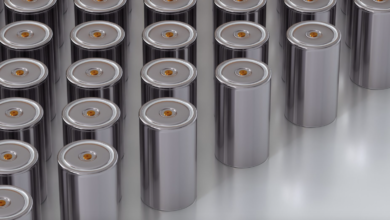Israel tests its first electric flying taxi
Part of nearly $16 million government program, flying electric taxi may soon soar in Israeli skies
In the skies of Jerusalem for the first time, last week, a flying electric taxi flew by. The experiment is part of an Israeli program, which intends to develop a network of drones to decongest the streets. The drones should transport goods and people, becoming an alternative to logistics that on the ground is increasingly prey to traffic. As the movement of objects and people becomes a more central component in the life of modern metropolises, in fact, the optimization of logistics flows must find new solutions.
Several companies are engaged on the electric flying taxi, with many countries being tested. In this case, the Ehang EH216 drone is manufactured in China and part of a pilot project of the Israeli government. It is called the Israel National Drone Initiative (INDI), has a duration of two years and a cost of about 15.7 million dollars. This first “public” flight, made on September 13, saw the drone take off without passengers from the Hadassah Ein Kerem hospital in Jerusalem. The vehicle then flew over the hills of the city and landed again at the headquarters of the medical center after about half an hour.
read also World’s longest drones Superwighway will rise in UK
The aircraft has autonomous driving and electric propulsion, with a range of more than 35 kilometers. The organizers claim that the safety of the flying electric taxi is out of the question, with one accident every 2 thousand flight tests carried out. So far, the latter have been about 20 thousand.
Of course, as far as costs are concerned, we are not there yet. According to the Israel Innovation Authority, it is too early to make estimates. It’s certainly an expensive delivery service, but it might have an edge. In fact, more companies could cooperate and only one medium could move people and objects at the same time, optimizing the paths and making the drone economy more sustainable. For now, however, the intended use is mainly in the medical field. Once fully developed, the network will be useful for the transport of medicines and on some test flights you can also take blood samples






